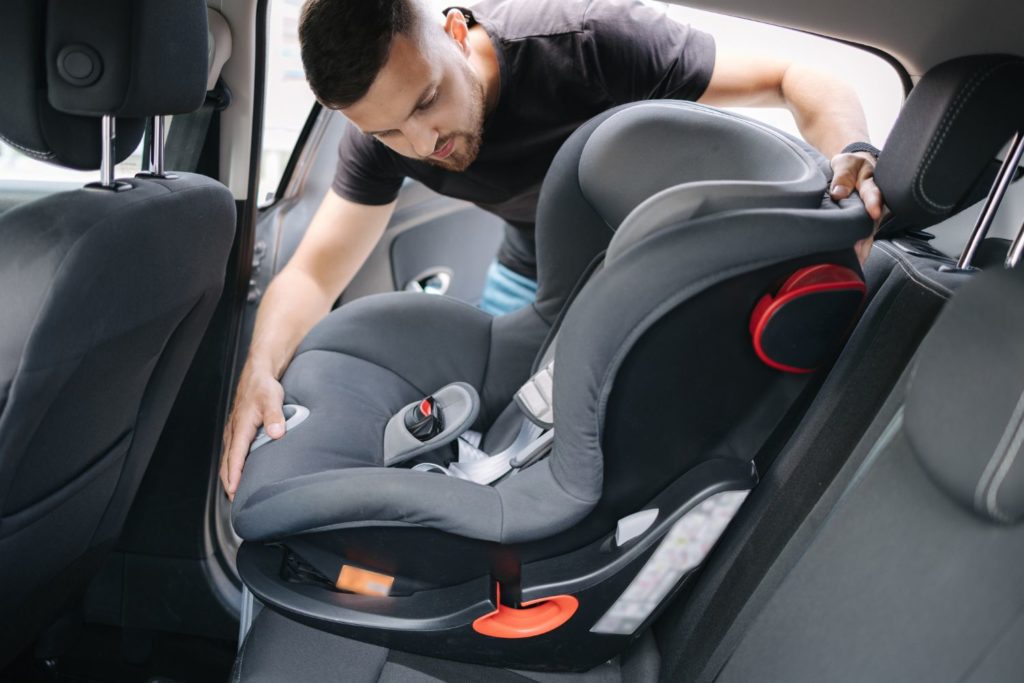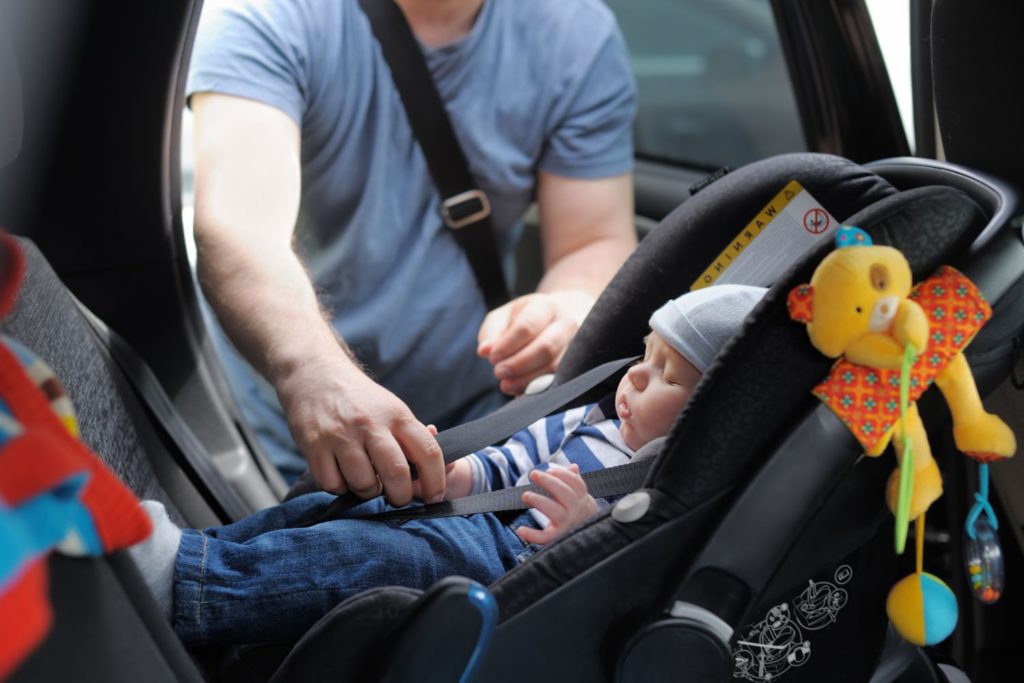Choosing the right car seat for your baby is crucial for their safety. With so many options and guidelines, it can be overwhelming. Here’s when to ask your pediatrician or a car seat safety expert about the appropriate car seat for your baby’s age and size.
Why Car Seat Safety Matters
Car seat safety is essential because it protects your baby during car rides. An appropriate car seat can significantly reduce the risk of injury in case of an accident.
Signs It’s Time to Ask About Car Seats
Here are some signs that it’s time to ask about car seats:
- Age and Size Changes: As your baby grows, their car seat needs will change.
- Transitioning Stages: Moving from an infant car seat to a convertible or booster seat.
- Regulatory Changes: Keeping up with the latest car seat safety regulations and recommendations.
Questions to Ask About Car Seats
Here are some key questions to ask:
- What type of car seat is appropriate for my baby’s age and size?
- When should I transition to a different car seat?
- What are the latest safety standards for car seats?
- How should I properly install the car seat?
- **What are common mistakes to avoid with car seats?
Understanding Car Seat Types
Knowing the different types of car seats can help you make an informed decision.
Infant Car Seats
- Designed for Newborns: Suitable from birth to around 12 months.
- Rear-Facing: Always installed rear-facing for safety.
- Portability: Often comes with a handle for easy carrying.
Convertible Car Seats
- Extended Use: Can be used from infancy through toddlerhood.
- Rear to Forward-Facing: Starts rear-facing and converts to forward-facing as your child grows.
- Economical: Eliminates the need to purchase multiple car seats.
Booster Seats
- For Older Children: Used when your child outgrows their forward-facing car seat.
- Positioning: Helps position the seat belt correctly on your child’s body.
- Backless or High-Back: Available in backless and high-back versions.
Proper Car Seat Installation
Proper installation is key to ensuring your baby’s safety.
Installation Tips
- Read the Manual: Always read both the car seat and vehicle manuals for installation instructions.
- Check Tightness: The car seat should not move more than an inch side-to-side or front-to-back.
- Use the Right Method: Depending on your car seat and vehicle, use either the seat belt or LATCH system.
Common Installation Mistakes
- Loose Installation: A car seat that’s too loose won’t protect your child in a crash.
- Wrong Angle: Ensure the car seat is at the correct angle, especially for newborns.
- Harness Issues: The harness should be snug with the chest clip at armpit level.
Transitioning Between Car Seats
Knowing when to transition your baby to a new car seat is important.
Rear-Facing to Forward-Facing
- Weight and Height Limits: Transition when your baby reaches the car seat’s weight or height limit.
- Safety First: Keep your baby rear-facing as long as possible for maximum safety.
Forward-Facing to Booster Seat
- Age and Size: Typically, children are ready for a booster seat around age 4 and at least 40 pounds.
- Proper Fit: Ensure the seat belt fits properly over your child’s shoulder and lap.
Booster Seat to Seat Belt
- Seat Belt Fit Test: Your child should pass the seat belt fit test before transitioning to using the seat belt alone.
- Age and Height: Typically around age 8 and at least 4’9” tall.
Car Seat Safety Tips
Regular Inspections
- Check for Recalls: Regularly check if your car seat has been recalled.
- Inspect for Damage: Ensure there are no cracks or missing parts.
Travel Safety
- Air Travel: Check with airlines about their car seat policies.
- Rental Cars: Ensure rental cars have compatible car seats or bring your own.
Winter Safety
- Avoid Bulky Clothes: Use blankets over the harness rather than bulky coats that can compress in a crash.
- Car Seat Covers: Use covers that are approved by the car seat manufacturer.
Car Seat Maintenance
Cleaning
- Follow Manufacturer Guidelines: Only use manufacturer-approved cleaning methods.
- Avoid Harsh Chemicals: Use mild soap and water to clean straps and covers.

Expiration Dates
- Check the Label: Car seats have expiration dates due to wear and tear and evolving safety standards.
- Replace as Needed: Ensure your car seat is within its usable date range.
Choosing and installing the right car seat for your baby’s age and size is crucial for their safety. Don’t hesitate to reach out to your pediatrician or a certified car seat technician for guidance. Stay informed and vigilant to ensure your baby’s safety on the road.

